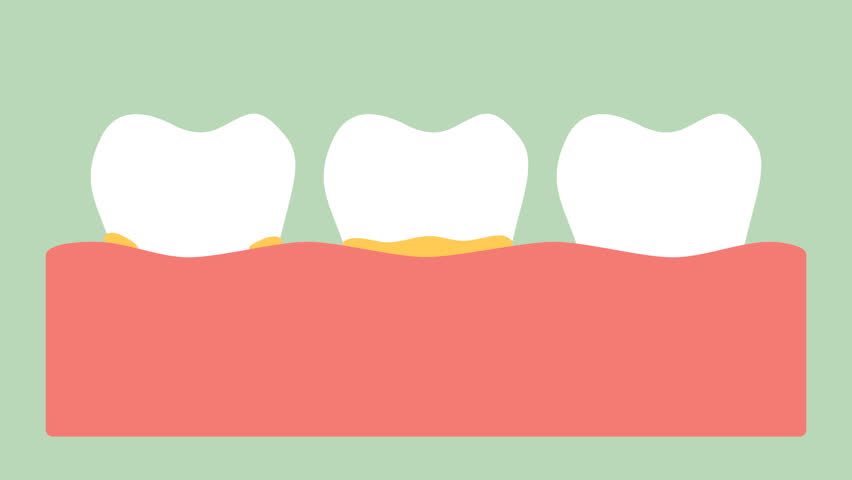According to best dentist in Delhi Periodontitis, commonly called pyorrhoea, is an infectious pathology caused by bacteria. Many patients think it is a contagious pathology but it is not like that.
Periodontitis affects the supporting tissues of the tooth: the bone, the periodontal ligament, the cementum and the gum. The infection starts in the gum and then it is passed to all surrounding structures so it causes mobility in the teeth, discomfort / pain, redness, bad breath, sensitivity to heat and cold, gums that bleed and in the most serious cases we can find also presence of pus, says best dentist in Delhi.
How is pyorrhoea produced?
In our oral cavity we have many bacteria called saprophytes, these are good bacteria that we need to maintain a microbiological balance in our oral cavity. In cases of genetic predisposition, poor hygiene, diseases or other problems, these bacteria start to proliferate more than normal and then the bacteria become pathogenic.
With the term pathogenic bacteria, we are going to identify all those bacteria that cause diseases like those of periodontitis. In any case, it is important to bear in mind that, if a patient with periodontitis comes into contact with another, it cannot be contagious because you have to have a predisposition to this disease and a patient's own alteration of the oral bacterial flora, says dentist in Sarasvati Vihar.
The bacteria that cause this disease are anaerobic (they live without oxygen) and may already be present in the patient's oral cavity.
Periodontitis does not depend only on pathogenic bacteria, this means that bacteria are not enough for this pathology to occur. Periodontitis is manifested when associated with specific risk factors such as systemic pathologies: diabetes, poor oral hygiene, pregnancy, smoke, alcohol, genetic predisposition.
It is essential to remember the importance of oral hygiene when determining the appearance of this pathology. We must consider the importance of brushing your teeth carefully after meals to break down plaque and keep the surface of the tooth and gums clean. It has been shown that the incidence of periodontal disease increases and is directly proportional to the presence of bacterial plaque. That is, the more plaque there is, the more risk there is of periodontitis and the more serious its manifestation will be with respect to patients who suffer from periodontitis but have good oral hygiene. Although if you have periodontitis have good hygiene ensures to keep the process stable preventing it from getting worse.
What are the risk factors for pyorrhoea?
There are several risk factors that can increase the chances of suffering from this disease. Some more relevant than others. Among the main factors we have genetics, poor hygiene and tobacco.
It is very important to avoid or reduce the consumption of cigarettes, since tobacco is one of the main factors that cause pyorrhoea. The tobacco acts to favour the accumulation of plaque between the teeth and reducing the immune defences that have to act against the periodontal infection.
Alcohol abuse can also be a determining factor in the appearance of pyorrhoea and is considered a risk factor. It has been shown that in patients who take high amounts of alcohol, the disease has a more aggressive evolution.
Another risk factor that can influence increasing the possibilities of appearance of pyorrhoea, are the particularities of the mouth and the mandibular bones. These malocclusions and skeletal deformations make oral hygiene manoeuvres difficult, favouring the accumulation of bacterial plaque, the main responsible for pyorrhoea.
For this reason, Dentist in Rani Bagh insist on the importance of having teeth aligned.
There are also some systemic pathologies that can make the patient more exposed and more prone to suffer periodontal disease. Within these pathologies we can highlight: rheumatoid arthritis, immunosuppression, chemotherapeutic cures, post-transplant therapies.
One of the most important risk factors when we talk about periodontitis is genetics. Patients with close relatives who suffer from this pathology are more likely to suffer it. There is, in fact, a genetic predisposition to pyorrhoea and this factor is not easily modifiable.
Conclusions
Periodontitis is a pathology that affects teeth and gums. It is not a contagious pathology and depends on factors such as bacteria, genetic predisposition and oral hygiene. There are also other factors that can increase the risk of periodontal disease. Oral hygiene and periodic check-ups to the Oral Surgeon in Pitampura are essential to prevent the onset of the disease or prevent oral problems.

I always look forward to your posts. This platform has never disappointed me. Thanks guys!
ReplyDeleteCosmetic Dentist in South Delhi
Cosmetic Dentist in Delhi